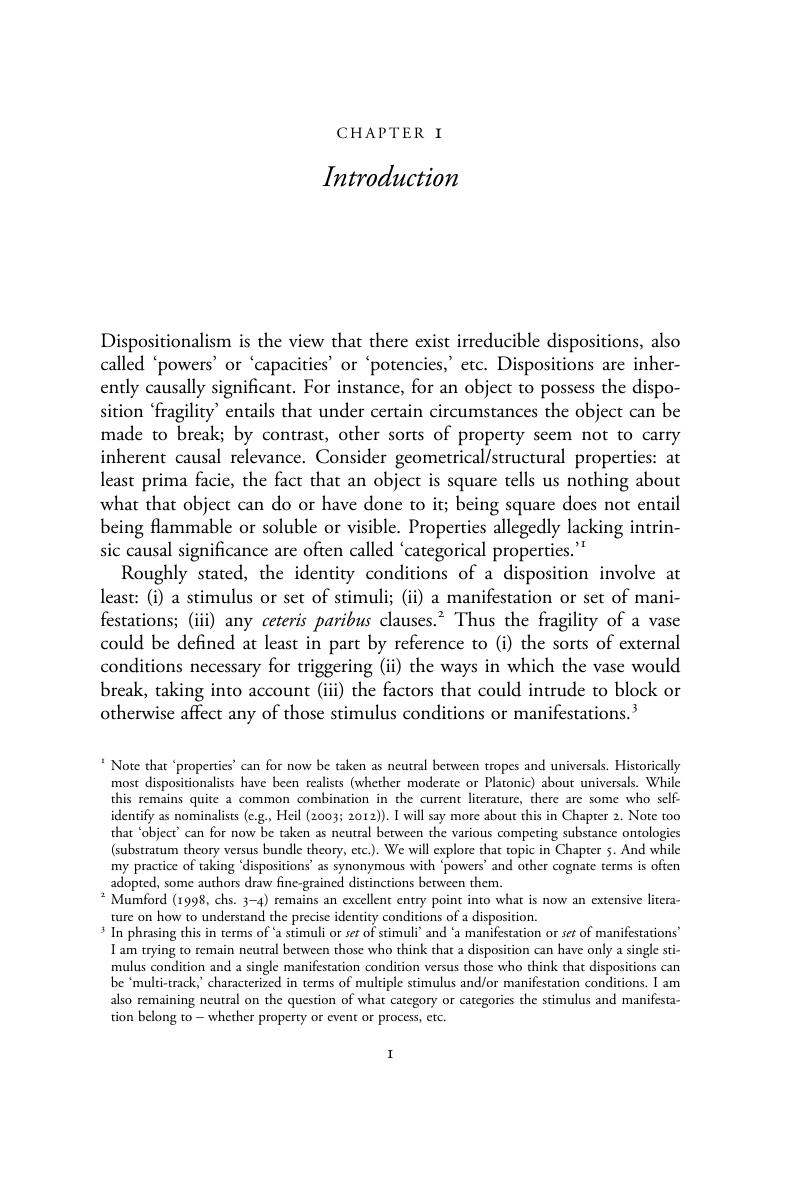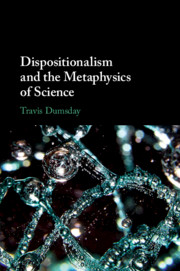Book contents
- Dispositionalism and the Metaphysics of Science
- Dispositionalism and the Metaphysics of Science
- Copyright page
- Dedication
- Contents
- Acknowledgements
- Chapter 1 Introduction
- Chapter 2 Dispositionalism and the Laws of Nature
- Chapter 3 Dispositionalism and Ontic Structural Realism
- Chapter 4 Dispositionalism and Material Composition
- Chapter 5 Dispositionalism and Substance Ontology
- Chapter 6 Dispositionalism and Natural-Kind Essentialism
- Chapter 7 Dispositionalism and Spacetime
- Chapter 8 Dispositionalism and Essentially Active Objects
- Chapter 9 Dispositionalism and Emergentism
- Chapter 10 Conclusion
- Works Cited
- Index
Chapter 1 - Introduction
Published online by Cambridge University Press: 21 January 2019
- Dispositionalism and the Metaphysics of Science
- Dispositionalism and the Metaphysics of Science
- Copyright page
- Dedication
- Contents
- Acknowledgements
- Chapter 1 Introduction
- Chapter 2 Dispositionalism and the Laws of Nature
- Chapter 3 Dispositionalism and Ontic Structural Realism
- Chapter 4 Dispositionalism and Material Composition
- Chapter 5 Dispositionalism and Substance Ontology
- Chapter 6 Dispositionalism and Natural-Kind Essentialism
- Chapter 7 Dispositionalism and Spacetime
- Chapter 8 Dispositionalism and Essentially Active Objects
- Chapter 9 Dispositionalism and Emergentism
- Chapter 10 Conclusion
- Works Cited
- Index
Summary

Information
- Type
- Chapter
- Information
- Dispositionalism and the Metaphysics of Science , pp. 1 - 8Publisher: Cambridge University PressPrint publication year: 2019
